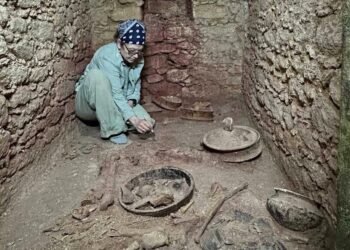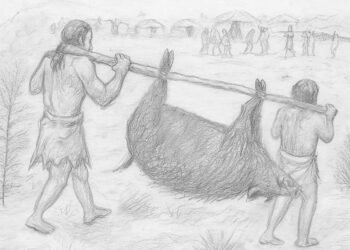A Roman circus has been discovered at the Iruña-Veleia site in Álava, Basque Autonomous Community, Spain. This discovery has revealed that Iruña-Veleia, a former Roman town, served as an important urban hub and transit center during the Roman period.
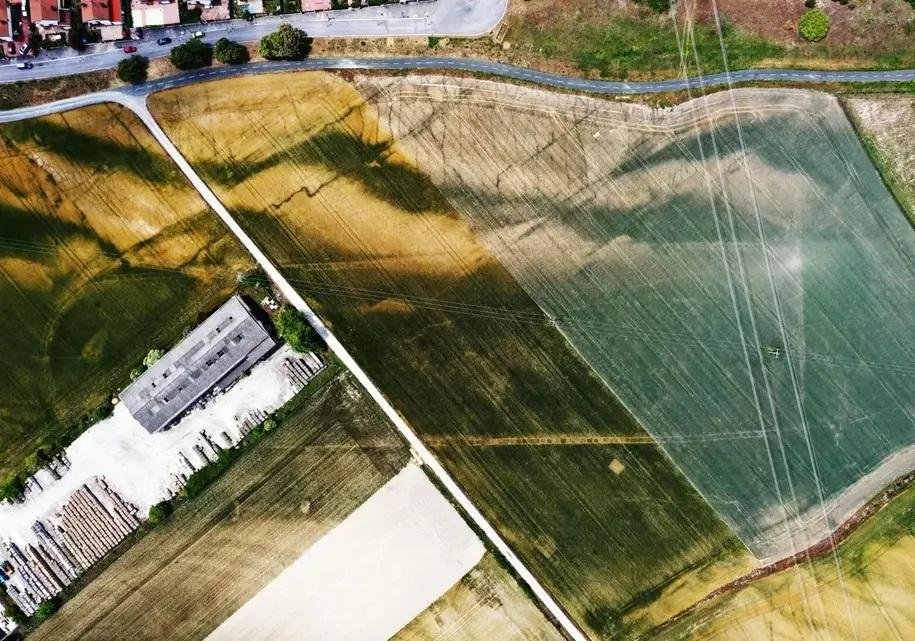
Archaeologists from ARKIKUS, with support from the Provincial Council of Álava and the Basque regional government, identified the Roman circus using a combination of aerial photography, light detection and ranging (LiDAR), and drone imagery. This comprehensive approach allowed the researchers to map the topography and reveal hidden man-made features of the landscape.
The circus, a large open-air venue primarily used for chariot races, measures approximately 280 meters in length and 72 meters in width (920 feet by 235 feet). Preliminary estimates suggest it could accommodate around 5,000 spectators. This discovery was first hinted at in 2020 when brothers Iker and Javier Ordoño of ARKIKUS noticed signs of the circus in aerial photographs.
The Roman circus at Iruña-Veleia is one of only a few known examples in the northern half of the Iberian Peninsula, known as Hispania during the Roman era. The other known circuses in this region are located in Tarraco (modern-day Tarragona) and Calagurris (modern-day Calahorra). Unlike these other sites, the Iruña-Veleia circus has remained relatively undisturbed by modern construction, preserving its original layout.
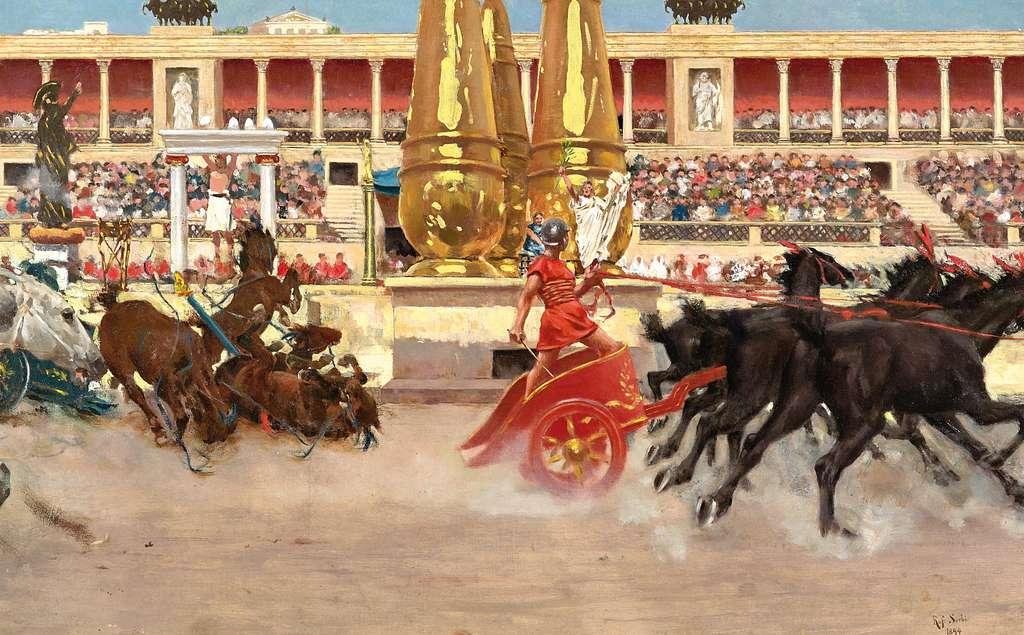
Remote sensing techniques also revealed streets, houses, arcaded areas, public squares, residential neighborhoods, possible religious buildings, and infrastructure related to water supply and sanitation. These findings underscore the town’s significance as a major stopping point along the Ab Asturica Burdigalam, a Roman road connecting Astorga (Spain) to Bordeaux (France).
Chariot racing was a popular public entertainment in ancient Rome, integral to various religious festivals. The decline of chariot racing in the Western Roman Empire followed the fall of Rome, with the last known race held at the Circus Maximus in CE 549, organized by the Ostrogothic king, Totila.
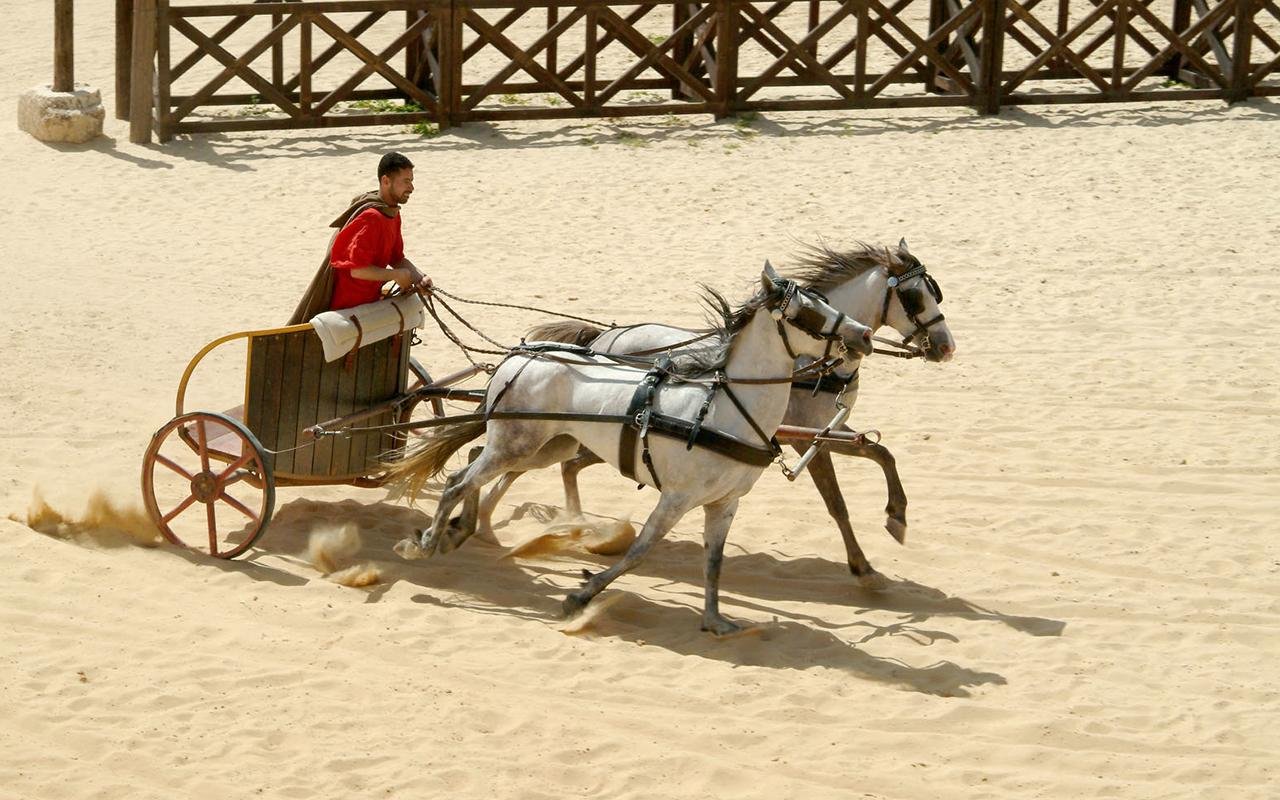
Javier Ordoño explained: “It gives an idea of the importance that Iruña-Veleia had. Not just anyone had a circus like this, with 280 meters it’s like having three soccer fields lined up one behind the other.”
The next phase of the research involves confirming the remote sensing findings with ground-penetrating radar, followed by field surveying, boreholes, and test pits. However, the complete excavation of the circus is deemed impractical due to the substantial costs and maintenance required.




